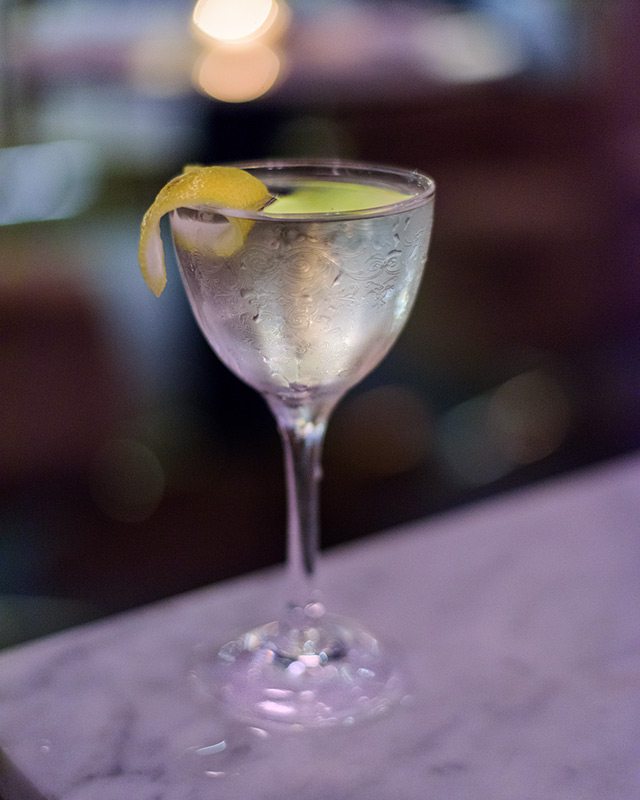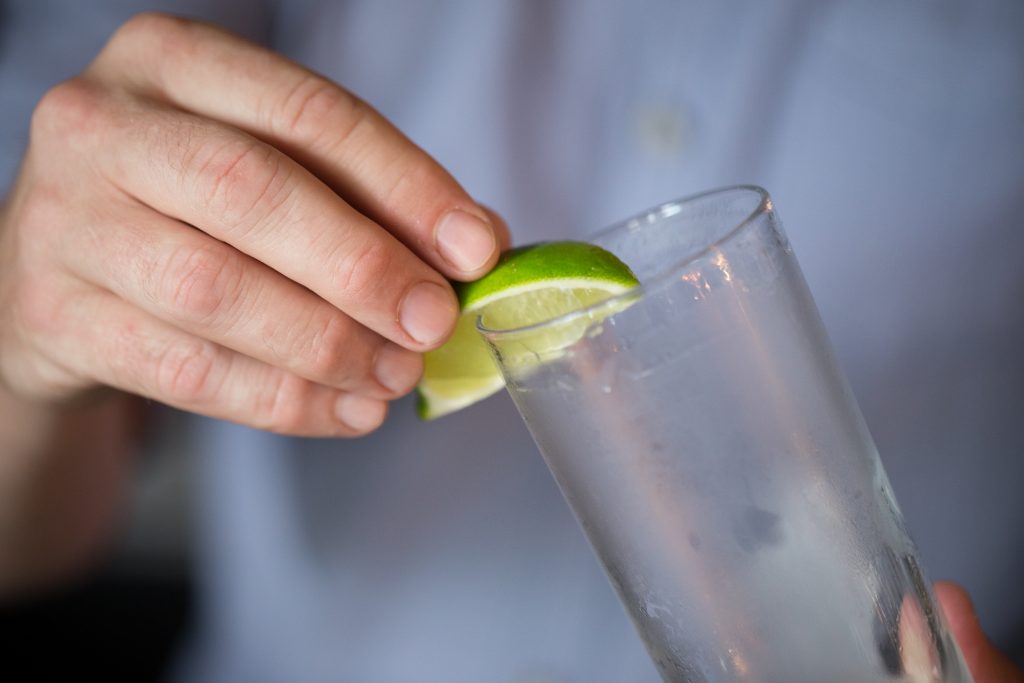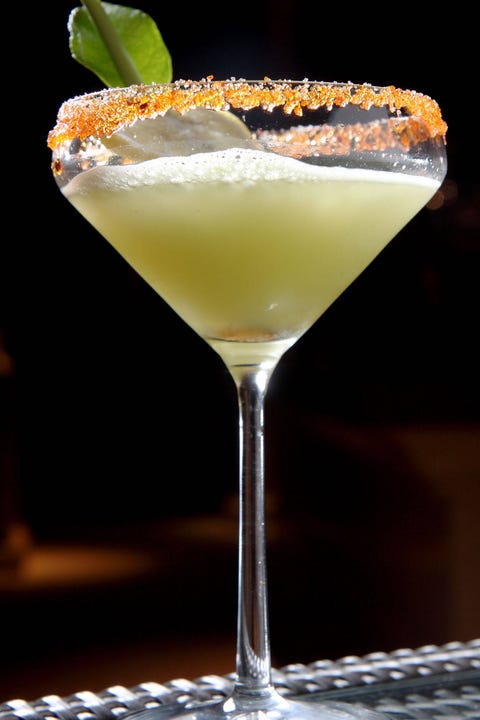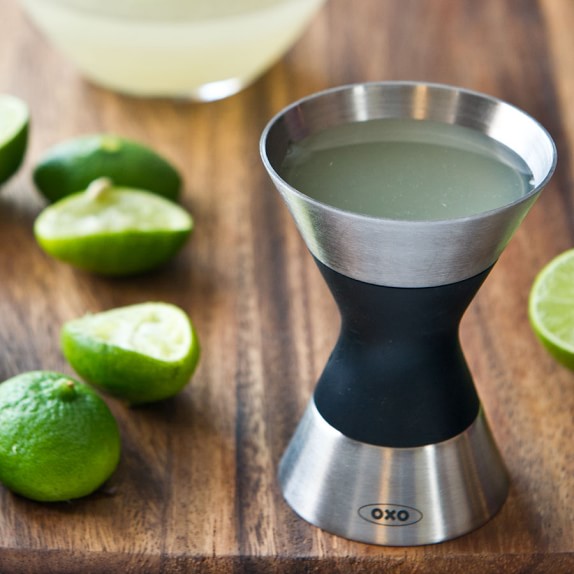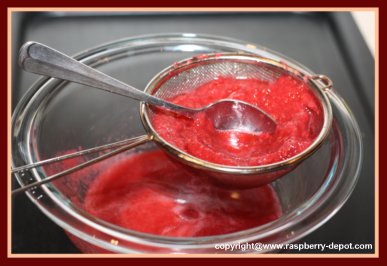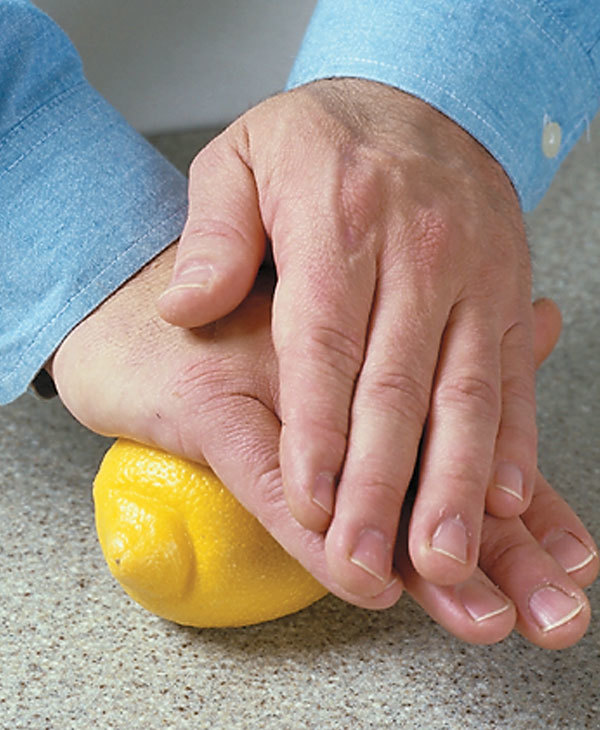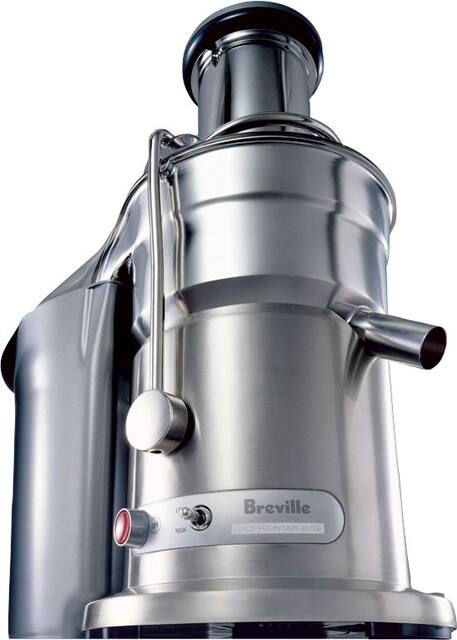 Single Malt Scotch is pretty simple, albeit strict in terms of production standards. Single Malt Scotch is a scotch whisky that is made at a single distillery and made of malted barley and no other grains. It does also have to follow the legal standards of being a Scotch, of course. Strict and to the point. Grain Whisky is very similar to single malt whisky, except it uses a grain other than barley, typically wheat or corn. Blended Malt Whisky is a whisky made of at least two different single malt whiskies mixed together. Blended Scotch is a blend of any number of single malt and grain whiskies.
Single Malt Scotch is pretty simple, albeit strict in terms of production standards. Single Malt Scotch is a scotch whisky that is made at a single distillery and made of malted barley and no other grains. It does also have to follow the legal standards of being a Scotch, of course. Strict and to the point. Grain Whisky is very similar to single malt whisky, except it uses a grain other than barley, typically wheat or corn. Blended Malt Whisky is a whisky made of at least two different single malt whiskies mixed together. Blended Scotch is a blend of any number of single malt and grain whiskies.
Some people think that scotch has to be smokey due to the common use of peat smoke being used to dry the barley, but it not required, and is really more of a regional preference within Scotland. Trace amounts of caramel coloring are allowed. One thing worth noting is that age statements on any scotch, single malt or blended, must reflect the youngest whisky in the bottle. you could have a 4 year scotch blended with a 60 year scotch and the bottle would have to read "4 Year Old".
Scotch whiskey production is broken down into 6 regions. Highlands, Speyside, Lowlands, Campbeltown, Islay, and the Islands. The islands are something of a new designation but are widely accepted to be a distinct region.
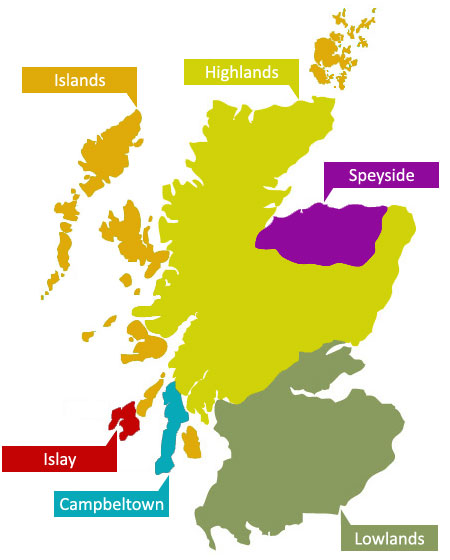 The Highlands is the largest region and thus the most diverse. It has over 25 distilleries, the most famous being Glenmorangie and Dalmore. Some people even divide the highland region into north, south, east, and west. The north has more full-bodied whiskies, lighter fruitier styles are found in the east and south. the west is a bit bigger and peatier with more coastal influences. It's hard to draw an accurate determination of taste if a whisky just says highlands.
The Highlands is the largest region and thus the most diverse. It has over 25 distilleries, the most famous being Glenmorangie and Dalmore. Some people even divide the highland region into north, south, east, and west. The north has more full-bodied whiskies, lighter fruitier styles are found in the east and south. the west is a bit bigger and peatier with more coastal influences. It's hard to draw an accurate determination of taste if a whisky just says highlands.
The Speyside region, while smaller than the highlands, has over 60 distilleries. The most famous being Macallan, Glenlivet, and Glenfiddich. Typically they are a bit softer and sweeter with little to no smokey peat flavor. Some can even bear a light salty flavor depending on their proximity to the coast. Over 60% of single malt scotch comes from this relatively small area
The Lowlands are the second biggest region, but only houses 5 distilleries, the most famous being Auchentoshan. These whiskies also tend to be lighter, with no peatiness and are occasionally triple distilled. They sometimes have a grassy or honeysuckle note.
Campbeltown is one of the most historic regions but is now down to just 3 distilleries. This region's whiskies are dry, briny, and sometimes pungent but can be fuller or lighter in body. Springbank is probably the best-known brand.
Islay (pronounced eye-luh) is the smallest region but probably the most famous and most beautiful. Housing less than 10 distilleries, this area produces peaty smokey single malts like Ardbeg, Laphroaig, and Lagavulin. They often bring notes of smoked fish or seaweed. These whiskies are often too aggressive for beginner scotch drinkers.
The Islands are not recognized by the Scotch Whisky Association but are widely agreed to be their own region. They are naturally very varied in style and taste. There are over 800 islands off the coast of Scotland but very few are inhabited. Some of the most famous island whiskies are Highland Park from Orkney and Talisker coming from the Isle of Skye.
"I love too sing, and I love to drink scotch. Most people would rather hear me drink scotch."
- George Burns
Campbeltown is one of the most historic regions but is now down to just 3 distilleries. This region's whiskies are dry, briny, and sometimes pungent but can be fuller or lighter in body. Springbank is probably the best-known brand.
Islay (pronounced eye-luh) is the smallest region but probably the most famous and most beautiful. Housing less than 10 distilleries, this area produces peaty smokey single malts like Ardbeg, Laphroaig, and Lagavulin. They often bring notes of smoked fish or seaweed. These whiskies are often too aggressive for beginner scotch drinkers.
The Islands are not recognized by the Scotch Whisky Association but are widely agreed to be their own region. They are naturally very varied in style and taste. There are over 800 islands off the coast of Scotland but very few are inhabited. Some of the most famous island whiskies are Highland Park from Orkney and Talisker coming from the Isle of Skye.
"I love too sing, and I love to drink scotch. Most people would rather hear me drink scotch."
- George Burns
